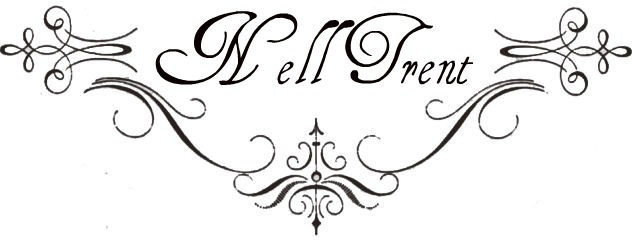 |
| Daniel Buren "La Coupure" Installation Art at Musée Picasso, Paris. Photo by Nell. |
At the time of its sale in 2010, an original Picasso painting set a world record for a work of art at auction when it sold for $106,000,000 (yes, that is $106 MILLION dollars). In the past few weeks, I have heard several thrift veterans, to the awe of the news anchors, tout their best finds at thrift stores – signed Picasso prints. Authentic Picasso PRINTS are valued at up to $10,000 (depending on the size of the edition, the image, and the state of the art world).
I have yet to hear about anyone finding an original Picasso painting. However, I have witnessed my mother, Madame Trent, on quite a few occasions as she has had to diplomatically caution yet another New Picasso Print Owner who demands on-the-spot appraisals via his iPhone. Picasso prints are by their very nature more common than Picasso paintings. However, fake Picasso prints are even more common. “It has a signature” or “It looks just like the pictures of his signature” do not immediately equal “It was printed and signed by Picasso.” A New Picasso Print Owner thinks he has struck gold. However, internet searches do not produce experts nor do they qualify as authentication. Not to mention, there are works by artists without the name recognition of Picasso (but could still be worth anywhere from a few hundred to ten thousand dollars) that have likely been passed over during the time the Picasso Print Owner was not finding Picassos left and right.
A word of caution: These days it is easier than ever for art forgers to produce a heliogravure of a signed print. The pencil signature might be real and it might be an actual signed Picasso print, but it may just be a printed photograph of an actual signature (or a forged signature in pencil). (Heliogravures are, simply put, photocopies). A lithograph implies an artist hand drew his image onto a plate (metal or stone), inked it, put paper on the plate and applied pressure in a press. The term “print” encompasses every type of image reproduction – from a hand-pressed image to a commercial printer’s output. An "original print" - when the term is used accurately - implies something more specific.
What brought out my inner (self-educated) art historian?
Lately I’ve heard several instances of Picasso finds while thrifting, including one from Lara Spencer, of GMA. While anything is possible, these tales should not send you out on an immediate treasure hunt or cause you to doubt your own art finds. Instead of hunting only for works by famous artists, look for art that you like. While you may never find an original Picasso (or van Gogh, or Monet, or Rembrandt, etc.) in a thrift store, you may find a large painting by a local or even nationally known artist. Thrift stores often price prints and paintings at nearly the same price – it can be tricky to tell them apart – and pricing is often by size and not medium, subject, condition or artist. With a smartphone at hand, you may be able to quickly discover if the “artist” is known, but searching every name on every piece of art will drag out an otherwise quick swing through a thrift store.
Never plan to invest in art for reselling until you know about it – go to museums, go to art and antique shops, read about famous artists and techniques. A mass-produced reproduction of a Picasso might be perfect for decorating your office, but it does not have much resale value (large framed prints and posters can go for around $50 to the right person). The major tip I have for telling prints from originals (in this case, I am referring to watercolors and pen and inks which have no paint texture to distinguish them) is to look for the “pixels” in the image. If you hold a watercolor print up close, it will appear to belong to the micro-Pointillist movement (which is not a real art term). In other words, there will be little dots instead of a consistent sweep of color.
So, if shopping for art, what should you look for if not discarded masterpieces?
Whether for yourself or for resale, ask yourself these questions:
- Is it original? (One of a kind or an authentic signed and numbered print)?
- Is it good? Do you like it?
- How much is it?
- Do you know anything about the artist?
- Is there paint loss, foxing, or other damage to the canvas, paper, mat or frame?
- Could you sit and look at it over and over again?
 |
| One of Monet's masterpieces in Musée de l'Orangerie, Paris. Photo by Nell. |
While I love the work of Monet in museums, particularly Musée de l’Orangerie and Musée Marmottan in Paris, my own collection consists of smaller scale pen and ink drawings and signed limited edition prints, both types executed by artists of significantly less fame than Monsieur Monet. And yet, I have paid less for these eye-catching originals than for a pixelated poster at either of the aforementioned museums. If you can not put a real Monet on your wall, aim for another professional artist – you might even find the next incredibly talented artist of our time.




